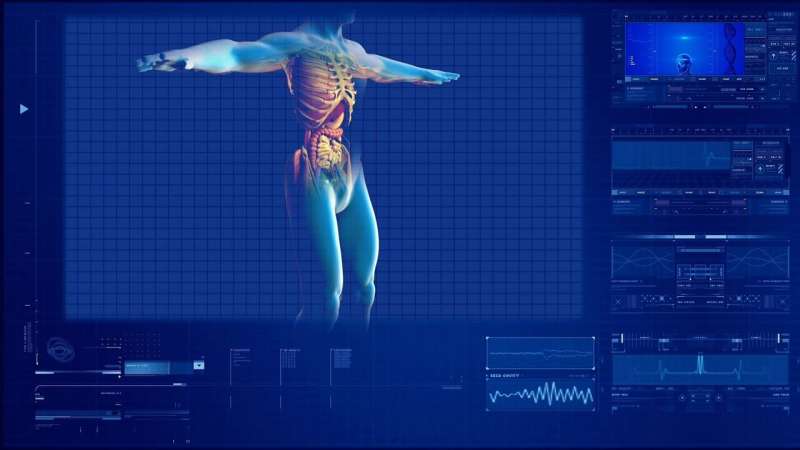Microglia's Role in Shaping Adolescent Brain Circuits

New research uncovers how brain immune cells, microglia, facilitate neural circuit development during adolescence, impacting mental health and neurodevelopmental disorders.
Recent research from the University of Rochester Medical Center has highlighted the significant role of microglia, the brain's immune cells, in the development of neural circuits during adolescence. The study reveals that microglia actively participate in strengthening connections within the brain's dopaminergic systems, which are crucial for regulating movement, motivation, and cognition. During adolescence, microglia are recruited to the frontal cortex, particularly to dopaminergic neurons, where they make contact with axons—the long fibers that transmit signals between neurons. This contact appears to precede the formation of new synaptic boutons, structures essential for neuronal communication. Such interactions suggest that microglia are vital for the plasticity and maturation of brain circuits during this critical developmental window.
The research utilized innovative techniques like optogenetics, allowing scientists to control neuron activity with light, to observe how microglia respond to dopamine activation. Findings showed that activation of these immune cells promotes increased connectivity in dopamine circuits, which are fundamental for cognitive functions such as decision-making and emotional regulation. Additionally, experiments indicated that disrupting dopamine signaling with drugs like quinpirole can inhibit this plasticity, while blocking D2 receptors with antagonists like eticlopride can restore microglial recruitment and promote circuit formation in adult brains.
These outcomes suggest that microglia are highly sensitive to dopamine activity, and their interaction with neurons during adolescence can influence brain development and the potential emergence of neurodevelopmental disorders like schizophrenia and ADHD. Understanding how microglia support circuit development opens new avenues for targeted therapies aimed at modulating immune-neuronal interactions, especially during critical periods of brain maturation. Future investigation will delve into the molecular mechanisms governing microglial function and how they can be harnessed or modified to treat psychiatric conditions.
Source: https://medicalxpress.com/news/2025-08-immune-cells-brain-adolescent-neural.html
Stay Updated with Mia's Feed
Get the latest health & wellness insights delivered straight to your inbox.
Related Articles
The Impact of Artificial Intelligence on Health Insurance Decisions
Artificial intelligence is increasingly used by health insurers to determine coverage and payments, raising concerns about transparency, fairness, and patient outcomes. Explore how AI influences insurance decisions and the ongoing regulatory challenges.
Cost Comparison: Multitarget Stool DNA Tests vs. FIT for Early Detection of Colorectal Cancer
A new study compares the costs of multitarget stool DNA tests and FIT for early detection of colorectal cancer, revealing higher expenses associated with DNA-based methods despite their increased sensitivity. The findings highlight the importance of cost-effectiveness in colorectal cancer screening strategies.



